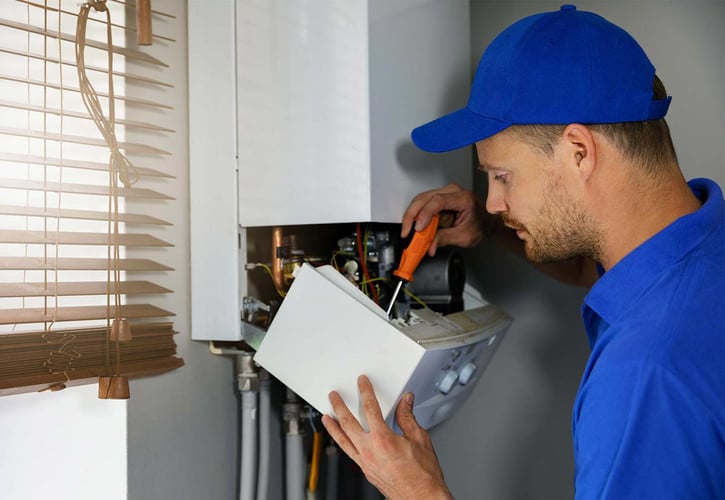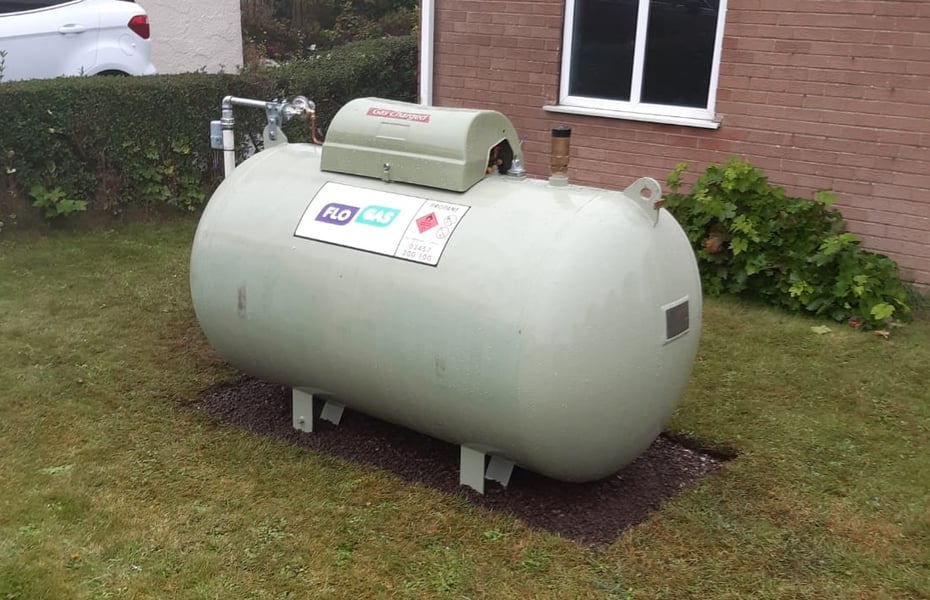How to Get the Most Out of Your Heating
When it comes to heating your home, it’s important to have a boiler that runs at maximum efficiency. Otherwise, you could end up feeling the pinch of the weather and your wallet – as the cost of heating your home, especially during winter, accounts for around 60% of your energy bill.
Today we look at how boiler efficiency is measured, how to check the efficiency of your own boiler, and how you could switch to a cleaner, more reliable alternative energy supply.

How efficiency is measured
Currently, there are a few different systems that measure the efficiency of a boiler. These are known as ErP, SEDBUK 2009, and SEDUK 2005. Each measure has slightly different calculations, but the goal is ultimately the same.
ErP – New boilers carry an ErP energy label, with an A-G ranking for efficiency. Most modern gas boilers receive an A energy rating, with A+++ indicating that a boiler is highly efficient.
SEDBUK 2009 – The 2009 Seasonal Efficiency of a Domestic Boiler in the UK system uses an exact percentage score to rate your boiler. Only a big percentage difference will result in big savings on your energy bill.
SEDBUK 2005 – The previous SEDBUK system is featured on old boilers, and like ErP, it rates boilers from A–G. Anything over 90% efficient is rated ‘A’, and anything below 70% is rated ‘G’.
Check your existing boiler or the one you’re considering buying, to find its energy rating. It could save you up to £300 on your energy bills if you’re boiler is below an A-rating.
Finding the efficiency of your boiler
Wondering how you check your boiler’s efficiency rating? You need to look for a sticker with an energy efficiency rating on it.
For modern boilers, this should either be on the boiler or somewhere in the documentation that you received when you purchased the unit. The rating should be displayed clearly either way.
If you can’t locate the energy rating sticker, the model number of your boiler should give you the answer you’re looking for. Check under the boiler where the pipes are or open the flap where the dials are located.
You should see a little sticker or plate with the exact model. Once you know the exact make and model, head to the Product Characteristics Database website, where you’ll find the energy rating of nearly every boiler ever made.
Switching from oil to gas
If you’re one of the 1.1 million households in the UK still using oil to heat your home, you could switch to a cleaner energy supply like Liquefied Petroleum Gas (LPG). LPG is a lower-carbon alternative to oil with approximately a 20% lower carbon intensity.
Also, it doesn’t contain sulphur, so LPG is a cleaner-burning fuel than oil. Not only that, but oil can be a precious commodity, so it is at high risk of theft – something which police forces across the country are mindful of.
In comparison, LPG is almost impossible to steal and can be stored in an underground tank, so you can keep your energy supply out of sight from thieves who target rural areas.
Enjoy reading our blog? Find out how we can help you switch to a clean, reliable energy supply with an oil to gas conversion. Join the family of Flo today.



